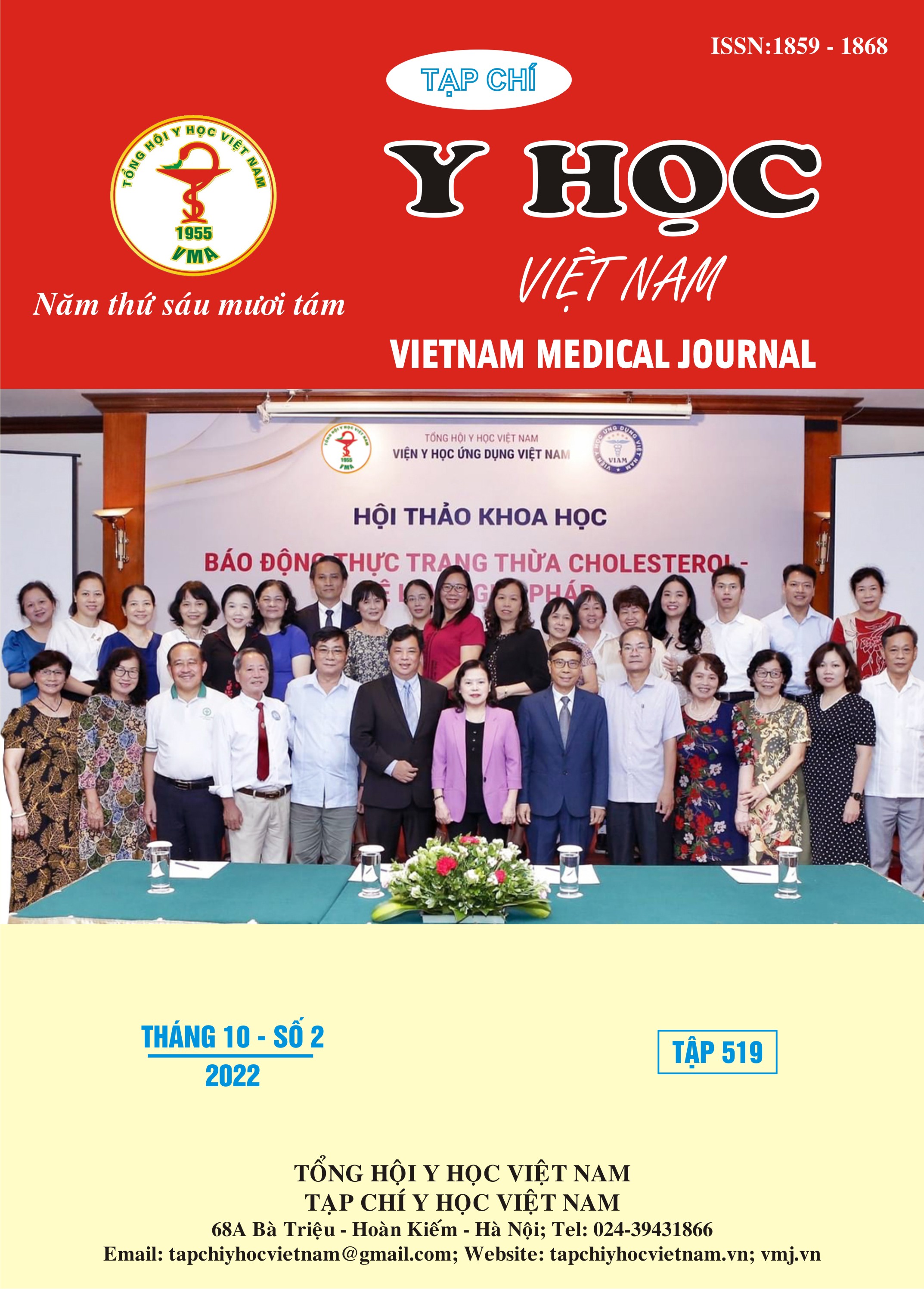CLINICAL FEATURES, LABORATORY CHARACTERISTICS AND TREATMENT OUTCOMES OF THE PATIENTS WITH ACUTE GLUFOSINAT POISONING
Main Article Content
Abstract
Objectives: To describe the clinical characteristics, laboratory abnormalities and to assess the treatment outcomes of the patients with acute glufosinat poisoning at the Poison Control Center of Bach Mai Hospital. Subjects and Methods: A prospective observational study included 64 patients with acute glufosinat poisoning treated at Poison Control Center of Bach Mai Hospital from December 2020 to June 2022. Results: the patients’ mean age was 39.0 ± 14.1 years old. There were 46 male patients (71.9%), and 18 female patients (28.1%). The median ingested amount of glufosinat was 9 grams (interquartile range: 6-15 grams). The median of duration from ingestion to emergency department was 4.5 hours. Gastrointestinal signs were the most commonly observed (79.4%), those often developed in the first 1 hour after ingestion, followed by neurological symptoms (40.6%). All of the seizures developed between 24 and 65 hours after ingestion. Electroencephalography findings epileptiform discharges in 9 cases (14.1%). Cardiovascular and respiratory signs accounted for 21.9% and 15.6%, respectively. Initial serum ammonia was a predictor of late neurological complications. The treatment outcomes were 96.9% survival, 3.1% sequelae. The average length of hospital stay was 5 days. Conclusion: glufosinat poisoning caused multi-organ damages, neurologic complications that may be difficult to treat due to delayed manifestations.
Article Details
Keywords
Glufosinat, herbicide, acute poisoning
References
2. Jeong TO, Yoon JC, Lee JB, Jin YH, Hwang SB. Reversible Splenial Lesion Syndrome (RESLES) Following Glufosinate Ammonium Poisoning. J Neuroimaging. 2015;25(6):1050-1052
3. Lee J, Lee Y, Kim YS, et al. Serum ammonia as an early predictor of in-hospital mortality in patients with glufosinate poisoning. Hum Exp Toxicol. 2019;38(9):1007-1013.
4. Lee DK, Youk H, Kim H, et al. Initial Serum Ammonia as a Predictor of Neurologic Complications in Patients with Acute Glufosinate Poisoning. Yonsei Med J. 2016;57(1):254-259.
5. Mao YC, Hung DZ, Wu ML, et al. Acute human glufosinate-containing herbicide poisoning. Clin Toxicol (Phila). 2012;50(5):396-402.
6. Park S, Kim DE, Park SY, Gil HW, Hong SY. Seizures in patients with acute pesticide intoxication, with a focus on glufosinate ammonium. Hum Exp Toxicol. 2018;37(4):331-337.
7. Watanabe T, Sano T. Neurological effects of glufosinate poisoning with a brief review. Hum Exp Toxicol. 1998;17(1):35-39.


